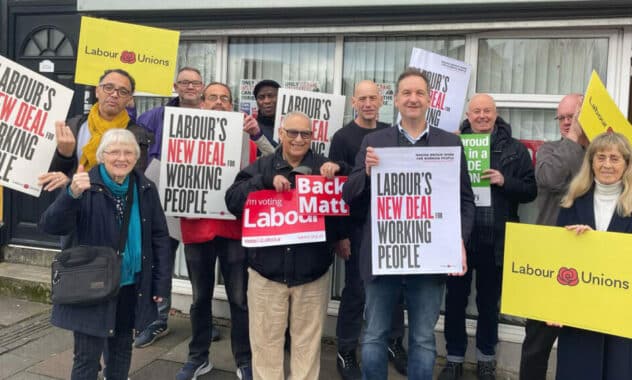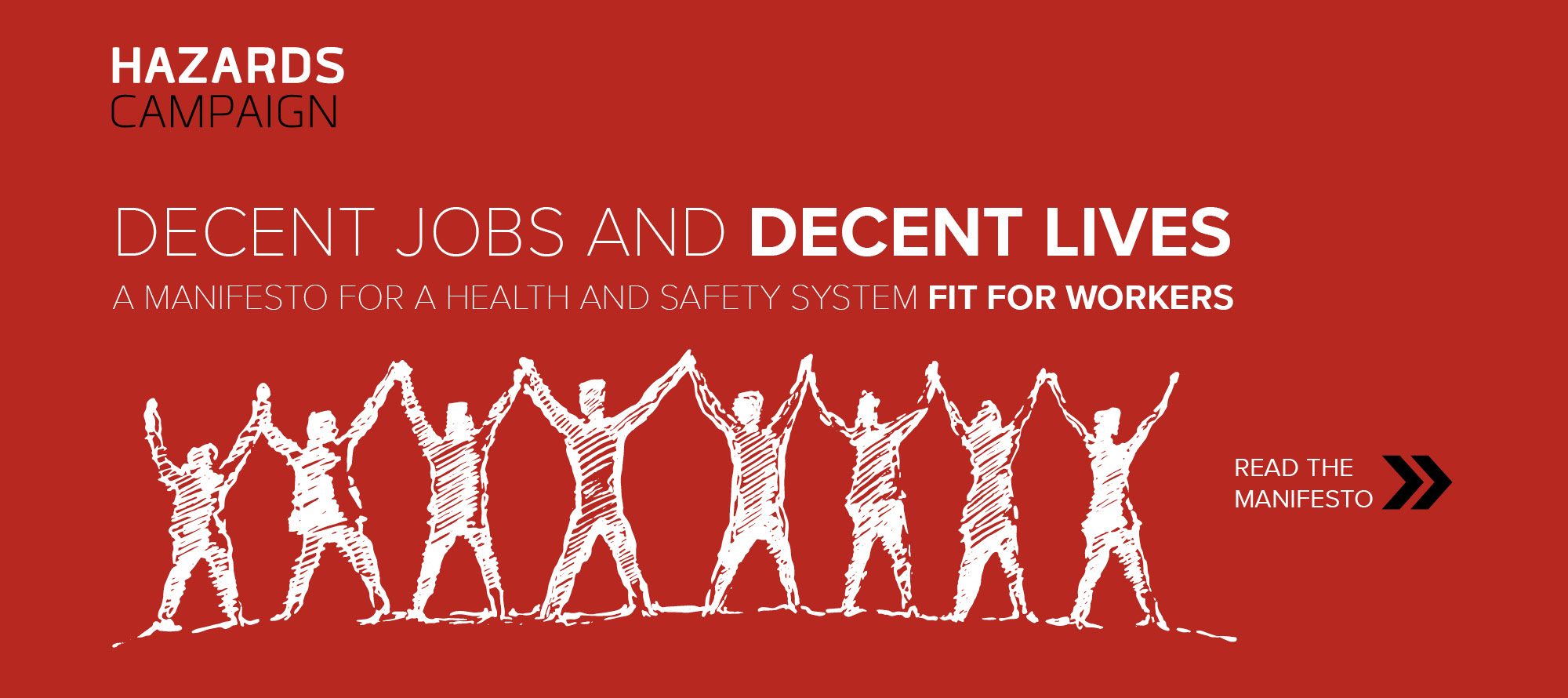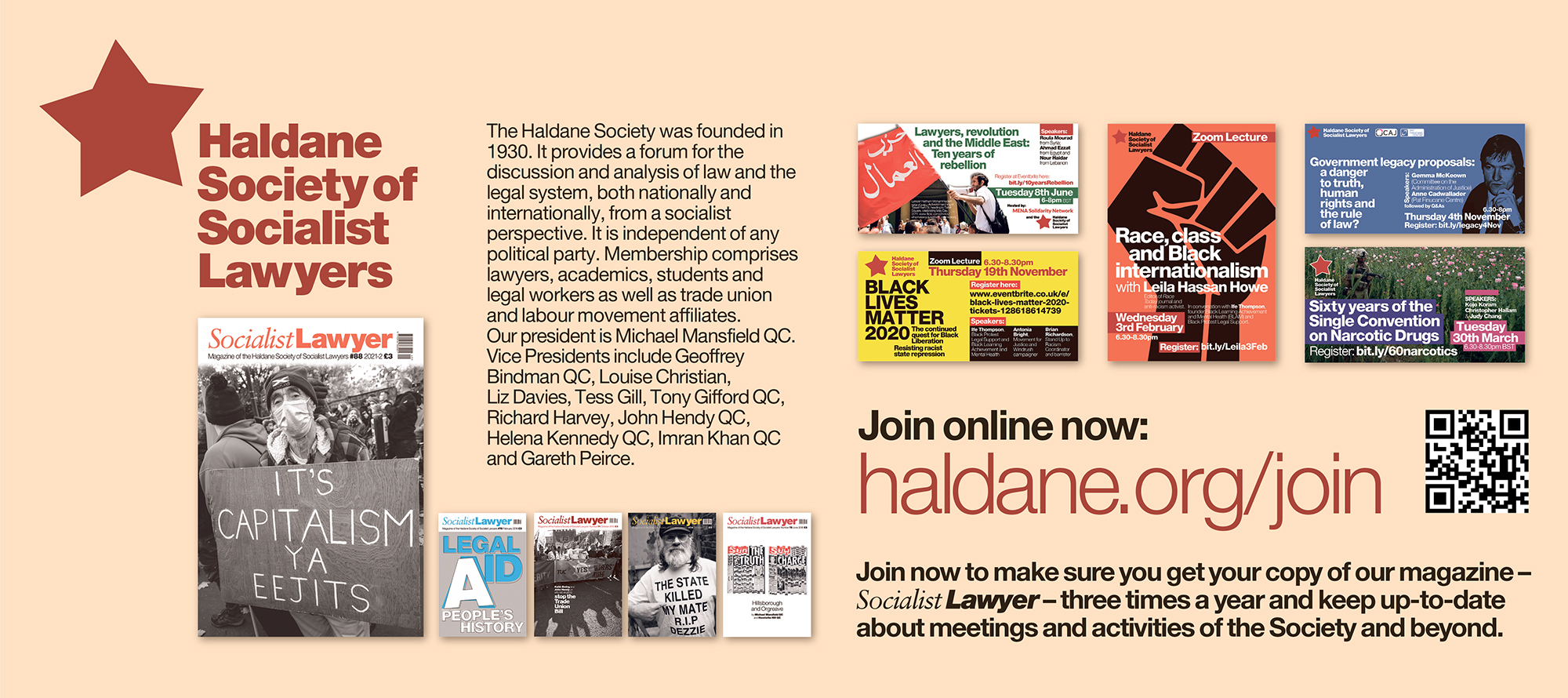Triple whammy of insecure work
Labour & European Law Review

The TUC has called on the Covid inquiry to consider how the “unchecked growth” of insecure work left millions of low-paid and frontline workers vulnerable to the pandemic.
A recent analysis by the union body found that between 2011 and the end of 2019, the number of people in insecure work, the so called ‘gig economy’ including those on zero hours contracts, grew by a fifth, with half a million more in insecure jobs by the end of the decade. In 2011, the numbers in insecure work were 3.2 million. By the end of the decade, the numbers were 3.7 million.
This growth, the TUC points out, is disproportionate compared to the growth of the labour market during the same period, with the proportion of people in insecure work growing from 10.7 per cent to 11.2 per cent.
TUC analysis during the pandemic also showed that those in insecure jobs faced much higher mortality rates compared to those in more secure jobs. For instance, the Covid-19 male mortality rate in insecure occupations was 51 per 100,000 people aged 20-64, compared to 24 per 100,000 people in less insecure jobs. Likewise, the Covid-19 female mortality rate in insecure occupations was 25 per 100,000 people, compared to 13 per 100,000 for those in less insecure occupations.
However, the TUC points out that workers in insecure jobs were not just forced to shoulder more risk of infection during the pandemic, but also the “triple whammy” of a lack of sick pay, fewer rights, and endemic low pay. TUC polling from 2022 showed that three in four people in insecure jobs only received statutory sick pay – or nothing at all – when off sick.
Insecure workers are also markedly less likely to benefit from the full range of employment rights that permanent, more secure workers are entitled to, including vital safeguards such as unfair dismissal and redundancy protections.
Sectors such as care and leisure have high rates of insecure work, compared to managerial, professional and admin sectors which have some of the lowest. Those in insecure occupations largely continued to work outside the home during the pandemic – and many were key workers.
The total number in “insecure work” includes: agency, casual, seasonal and other workers, excluding those on fixed-term contracts; workers whose primary job is a zero-hours contract; and self-employed workers who are paid below 66 per cent of median earnings.
To read the full analysis, click here.
This article was first published on Thompson’s Solicitors website.







